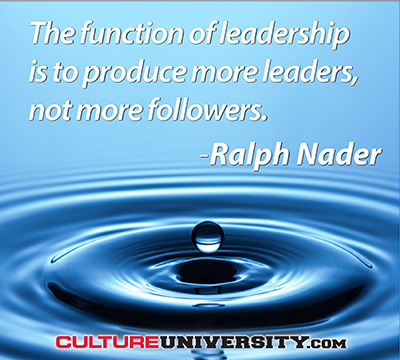
At Officevibe, we make employee survey software for companies and the most common theme in the questions we get asked about how our product works is about trust. There is such a huge problem with trust inside most organizations.
When companies contact us, their intentions are usually good, they want to create an environment where they can collect feedback from employees to improve the company culture, but they go about it the wrong way. Companies often spend lots of time and energy on creating employee surveys, but there is usually very low participation. From the research I’ve seen, 30% is the average response rate for employee surveys.
A Look at Trust
One of the main reasons why participation rates are so low is because of a lack of trust in the organization. There is a lot of fear around how the data will be used.
- Employees are skeptical about how anonymous the surveys actually are
- Employees are nervous they’ll get in trouble (or fired) for speaking the truth
Let’s look at some of the data behind trust inside organizations.
In a McKinsey Quarterly survey of executives around the world, 85% said that public trust in business had deteriorated.
In the Edelman Trust Barometer, 62% respondents said that they “trust corporations less now than they did a year ago.”
David DeSteno, a professor of psychology at Northeastern University and author of The Truth About Trust, says that as a person’s power increases, their perceived trustworthiness goes down. As someone moves up in the organization, they are further removed from employees and have less of a direct connection with them, unlike their direct manager.
In the book, DeSteno talks about six rules for building trust. The sixth rule is my personal favorite. The sixth rule for building trust, according to DeSteno, is “Cultivate trust from the bottom up.” That means delegating tasks and giving employees as much autonomy as possible.
Remember, trust is a two-way street. The best way to build trust is to give trust.
Employees also need clarity on what you expect of them. While giving them autonomy, give them clear instructions and explain how their performance will be measured.
Ways To Build More Trust In An Organization
As leaders, how can we build trust in our organization? It’s possible, but it does take time. Trust is earned, and as a leader, you need to prove yourself to employees before trust is established.
Take Responsibility
If trust has been broken because you did something wrong, then you need to take responsibility and own up to the mistake as quickly as possible. You should also spend some time thinking about the reasons for why you did what you did, because if employees have questions, you should be able to explain yourself clearly.
Be Patient
This is a tough rule to follow, but an important one. When trust has been broken, it will take some time to rebuild it. This is something that’s out of your control, so learning how to accept it and be patient is a good idea.
Instead of focusing on what you can’t control (time), focus on what you can control, like your actions in how you recover from this broken trust. Focus on continuously keeping your word, and doing small actions to help rebuild that trust.
Listen To Employees
“When you talk, you are only repeating what you already know. But if you listen, you may learn something new.”
-Dalai Lama
Employees might feel the need to vent if they are upset about their trust being broken. Embrace that feedback, and invite them to help you get better. Including them in that process is a small step in rebuilding that trust, because it shows that you value their opinions.
Be Transparent
“Transparency breeds trust, and trust is the foundation of great teamwork.”
-Joel Gascoigne, CEO of Buffer
Buffer is a great example of a company that is redefining what it means to be transparent. They share everything, I’ve never seen a company share so much information, they never cease to amaze me. They share their revenue numbers, bank balance, employee salaries, and every email in the company is transparent. They even have an entire section of their blog dedicated to sharing these insights.
Stripe, the payments company, also has transparent email. Every email in the company is public and searchable by any employee. I definitely recommend everyone read this post about how they handle email transparency.
Square, another payments company is an amazing example of embracing transparency.
Communicate A Lot
Here’s a good rule of thumb – if you think you’re communicating enough, you’re not communicating enough.
There is no such thing as too much communication, and one of the best ways to build trust is to communicate frequently and clearly so that everyone understands things the same way. At Officevibe we obsessively use Slack, the communications app that’s slowly becoming the fastest growing start-up ever.
“Ultimately, if you want people to make smart decisions, they need context and all available information. And certainly if you want people to make the same decisions that you would make, but in a more scalable way, you have to give them the same information you have.”
-Keith Rabois, COO of Square
In it, we create different “channels” (which are like chat rooms) to communicate on any and every subject. This keeps transparency and communication high.
How Have You Built Trust In Your Organization?
Share your stories on social media. Thank you!
